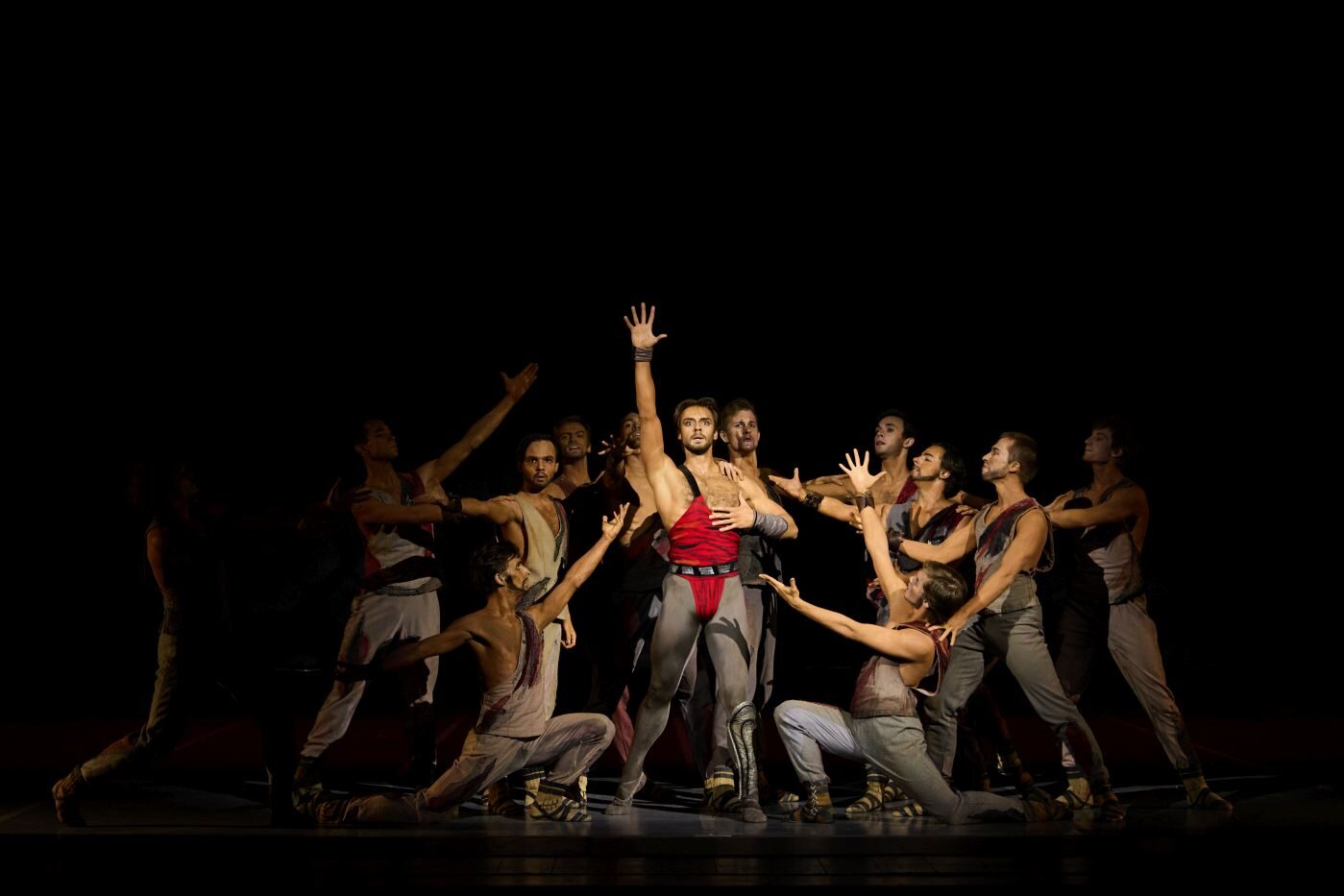Bolshoi Ballet
Moscow, Russia
March 10, 2017
by Ilona Landgraf
Copyright © 2017 by Ilona Landgraf
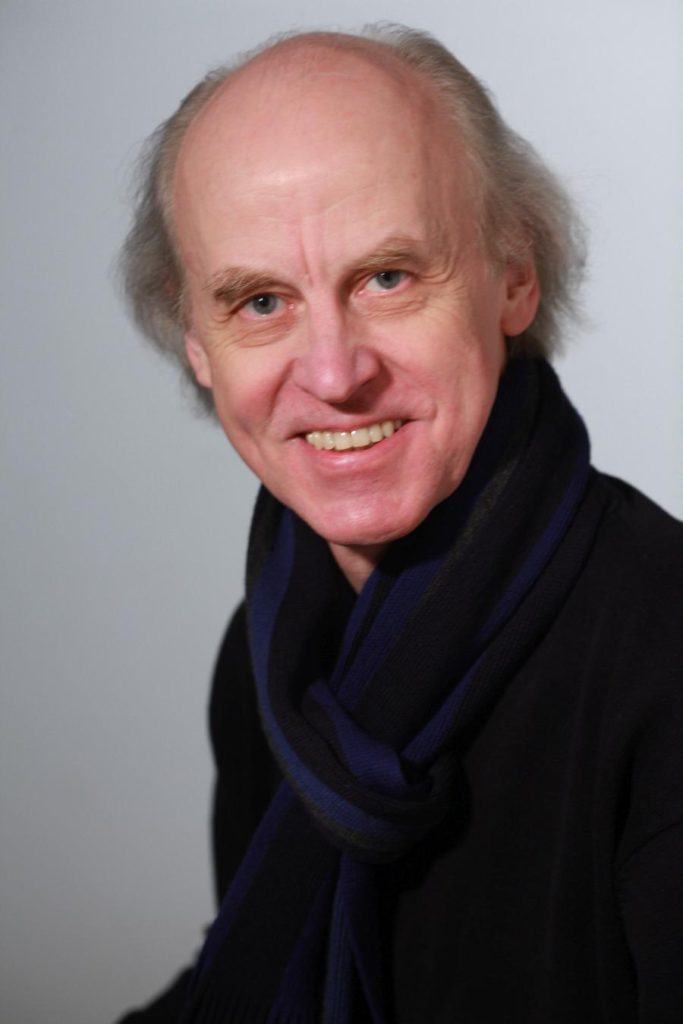 Did you watch the Bolshoi Ballet’s live broadcast last October on World Ballet Day? If so, you must remember the lean, white-haired man who taught morning class: Boris Akimov. The motivation he spread was contagious, his vigor stupendous. Akimov demonstrated the exercises, had an eye on everyone and, simply with his charisma, kept everyone’s attention focused. Katerina Novikova, head of the press office, had just revealed in her introductory words that Akimov has been working at the Bolshoi for fifty years, and yet no one could have imagined that he was seventy years old at the time.
Did you watch the Bolshoi Ballet’s live broadcast last October on World Ballet Day? If so, you must remember the lean, white-haired man who taught morning class: Boris Akimov. The motivation he spread was contagious, his vigor stupendous. Akimov demonstrated the exercises, had an eye on everyone and, simply with his charisma, kept everyone’s attention focused. Katerina Novikova, head of the press office, had just revealed in her introductory words that Akimov has been working at the Bolshoi for fifty years, and yet no one could have imagined that he was seventy years old at the time.
Akimov danced with the company, directed it artistically and for decades since has been teaching, rehearsing and coaching not only dancers of the Bolshoi and other companies abroad, but also students of the Russian University of Theatre Arts. He has been honored and recognized for his artwork extensively, including receiving the “People’s Artist of the USSR” in 1989, the highest title Russia can bestow on an artist.
I met Akimov on March 10th at the Bolshoi Theatre to find out more about his career and artistic vision. Novikova kindly interpreted from Russian to English and vice versa.
Akimov’s answers are in italics.
You were born in Vienna and spent your first year of your life there. How did that come about? In what way was your family related to the arts, particularly to dance?
My father started dancing in the ensemble of Moiseyev [Igor Moiseyev, 1906 – 2007] at a very young age. He was a folk dancer and had joined the group shortly after it had been established. Then he worked in the Pyatnitskiy choir group until moving to the ensemble of Alexandrov. The Alexandrov ensemble was in the media in 2016 after many members had passed away in an aircraft crash. Back then during my father’s time its name was different. Organizing this ensemble, an army ensemble, had been Stalin’s idea, so it was sort of a red flag-ensemble. Its orchestra and choir were artistically quite powerful and included very famous singers and artists. Yuri Lyubimov [1917 – 2014], a very famous drama director was hosting the troupe’s program in these days.
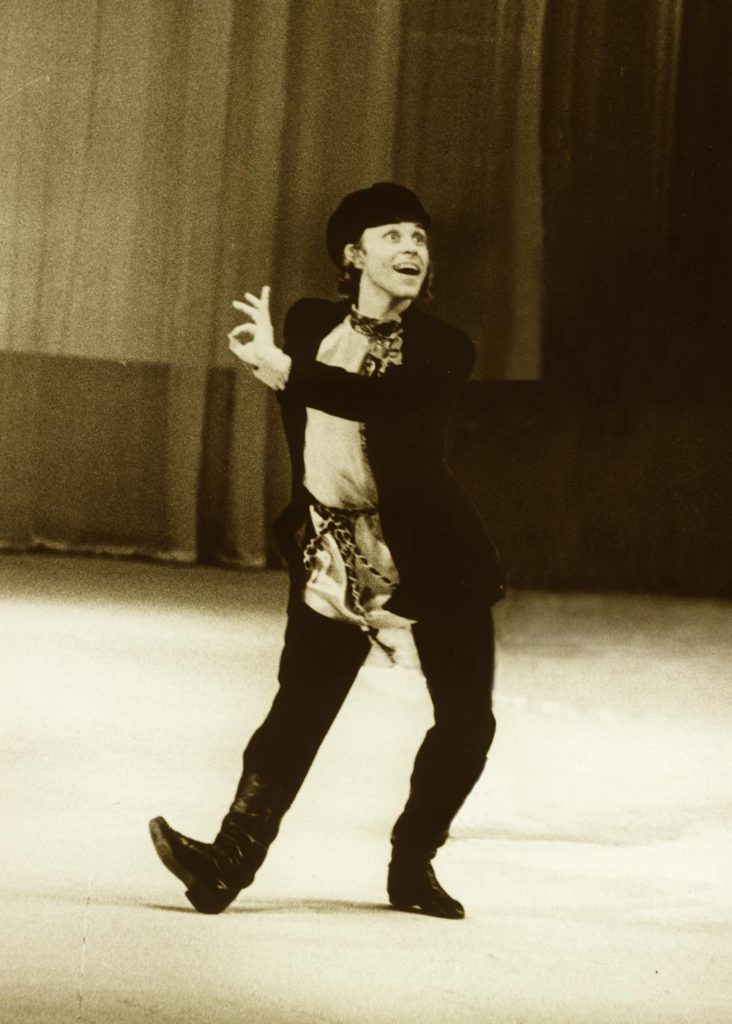 In 1945 towards the end of World War II there was still some fighting in Berlin, but Europe was more or less liberated. So Stalin decided to send the ensemble to Austría. The whole ensemble was accommodated in Baden, south of Vienna. Stalin intended a long-time stay for the ensemble, so artists had brought along their families and many children were born during that time period, me being one of them. From Baden the ensemble toured all liberated countries and performed there. When the troupe returned to Moscow more than one year later my parents went to the department in charge asking to change my certificate of birth to Moscow. But I had been registered by the consulate in Vienna, so the Moscow authorities refused: “He was born in Austria. How can we change that to Moscow?” Many interesting and amusing moments have related to my place of birth since then! Whenever some difficult questions were arising, when they asked me some questions for commissions in Komsomol, for example, the first subject raised always was why I was born in Vienna. And upon telling my story they would always leave it at that, no one ever asked further. [he laughs]
In 1945 towards the end of World War II there was still some fighting in Berlin, but Europe was more or less liberated. So Stalin decided to send the ensemble to Austría. The whole ensemble was accommodated in Baden, south of Vienna. Stalin intended a long-time stay for the ensemble, so artists had brought along their families and many children were born during that time period, me being one of them. From Baden the ensemble toured all liberated countries and performed there. When the troupe returned to Moscow more than one year later my parents went to the department in charge asking to change my certificate of birth to Moscow. But I had been registered by the consulate in Vienna, so the Moscow authorities refused: “He was born in Austria. How can we change that to Moscow?” Many interesting and amusing moments have related to my place of birth since then! Whenever some difficult questions were arising, when they asked me some questions for commissions in Komsomol, for example, the first subject raised always was why I was born in Vienna. And upon telling my story they would always leave it at that, no one ever asked further. [he laughs]
You trained at the Moscow Choreographic School afterwards.
When we returned from Austria no one was pushing me to become a dancer though I was moving very well. So, for sure, there was some talent hidden inside myself. Growing up, when I was eight or nine years old, my father was taking me along to rehearsals. He already worked in some other ensemble by that time and when I was attending all the other dancers always said: “Oh Borja is here! Let’s do something!” They were showing me movements and I was dancing with them. I was picking it up very fast. That was obvious. In the end I became a ballet dancer, but the love for folk dance and music spread from my father to me. Unlike myself, my sister hasn’t been related to the arts.
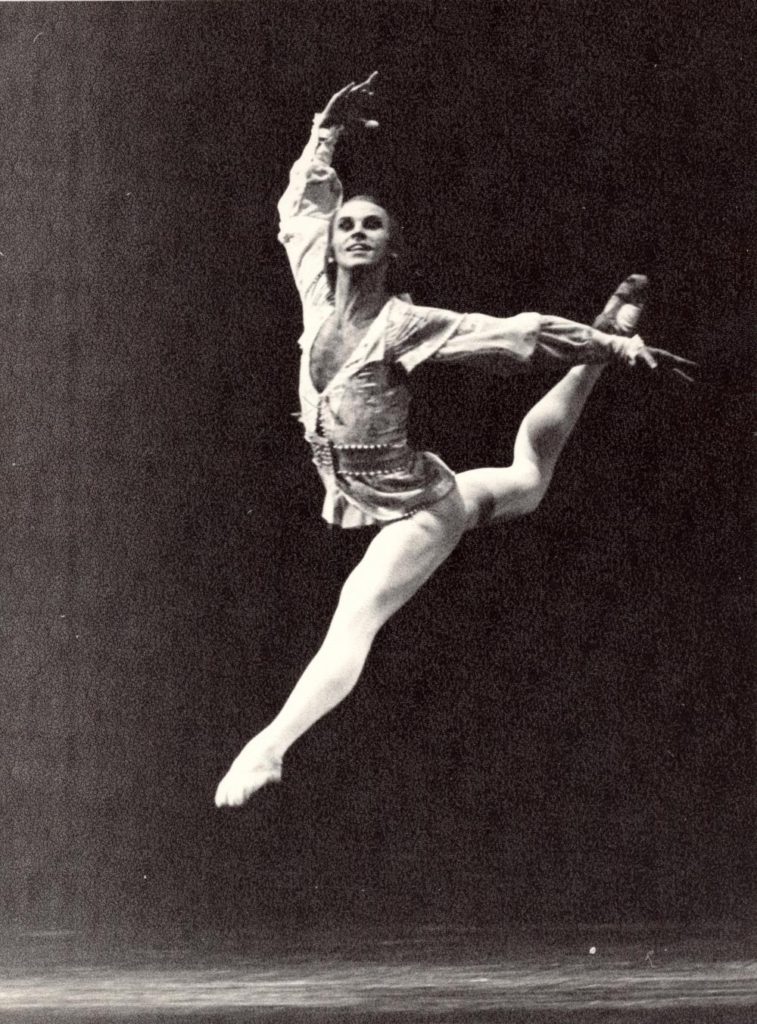 But basically, neither my dad nor my mum wanted me to become a dancer. Sure, being a dancer was an elite profession at that time, but my father’s life was tough and my mum wanted to prevent me from experiencing the same. She knew how hard this profession is. Moreover I had different interests in my life. I was constructing planes; I was trying wood carving; I was singing very, very well, but my voice changed later on. And I was studying at the music school playing the Bayan, a sort of accordion. And I was skating! Figure skating was very popular back then. I achieved some really good results in solo and also in pair skating and became the Moscow champion in both categories.
But basically, neither my dad nor my mum wanted me to become a dancer. Sure, being a dancer was an elite profession at that time, but my father’s life was tough and my mum wanted to prevent me from experiencing the same. She knew how hard this profession is. Moreover I had different interests in my life. I was constructing planes; I was trying wood carving; I was singing very, very well, but my voice changed later on. And I was studying at the music school playing the Bayan, a sort of accordion. And I was skating! Figure skating was very popular back then. I achieved some really good results in solo and also in pair skating and became the Moscow champion in both categories.
Twice per week the skaters had choreography lessons and the teacher was a dancer of the Bolshoi corps de ballet. He said to my mum: “The boy should go to the ballet school!” But I didn’t want, my mum didn’t and everybody was indifferent about this ballet school. Eventually, when I realized that the school held an audition, I went there, but I was already twelve, which is quite late. Every other student was nine years old. But the school had established an experimental group at that time with a six year length of training and that is what I was accepted for. Returning to my mum I said: “I passed the audition.” Of course, she was very depressed by that [he laughs], lamenting:”Why? Look at your dad! He is traveling all the time, he is never at home. We have no money! Look, how we live!” And I assured her:”If it won’t work out, I will quit.”
I fell into the hands of an outstanding teacher, Yelena Nikolaya Sergevskaya, which was the luckiest moment of my life. She isn’t living any more. During all my life both my parents praised this woman. Sergevskaya’s way of thinking was very contemporary, she was ahead of her time. What I have achieved as a dancer and as a teacher I owe to her. I just have continued her line.
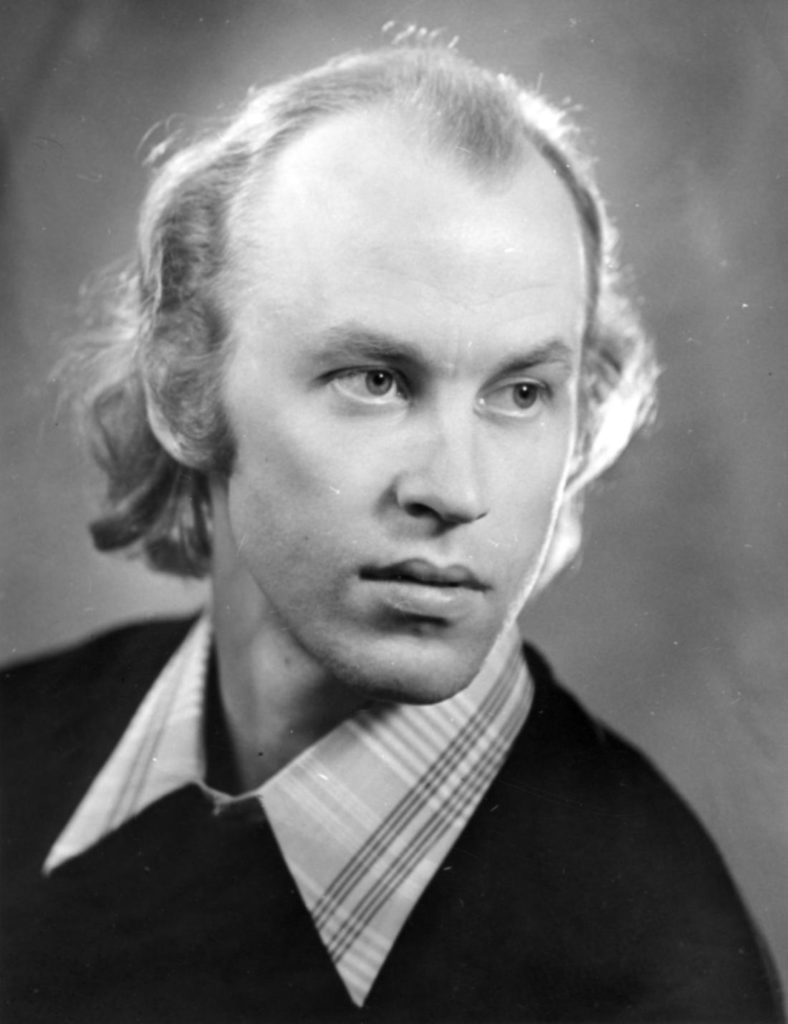 Directly after graduation, you joined the Bolshoi Ballet in 1965. One year earlier Yuri Grigorovich had become artistic director. How would you describe the company back then?
Directly after graduation, you joined the Bolshoi Ballet in 1965. One year earlier Yuri Grigorovich had become artistic director. How would you describe the company back then?
The company was very powerful at that time, as it is today. Compared to then we have a lot of European choreography now, a wider diversity of works and a greater amount of performances. Back than the repertory was a bit smaller, consisting of big productions of Soviet choreographers. All were big narratives. Having a story was a necessity for a ballet.
With Grigorovich a golden time began. We all grew up on his creations. The roles were so interesting to perform! Each artist would interpret their part differently and we were trying to see the characters and to capture them. Today’s dancers penetrate their roles less and less, hence interpretations have lost depth.
Among the photos on the company website I saw you as Crassus, as the Evil Genius (a role equal to Von Rothbart) and Ivan, the Fool in “The Little Humpbacked Horse.” You are described as an expressive, spirited dancer and, above all, as a strong actor. When you are thinking back, which roles are dear to you, which were difficult, which a nightmare?
It is difficult to single out something particular. I loved all my roles! Take, for example, Crassus. He is going through so many different situations and moods. It is a technically and also emotionally demanding role, a big three-act role. I’ve always liked to dig into a character and I like characters, which develop. Ivan in “The Little Humpbacked Horse” (a three-act ballet by Alexander Radunsky) became my role, because Maya Plisetskaya had come to class and declared: ”I need a tall Ivan!” I was so young and had all this white curly hair. In any case I was chosen and danced with her. The piece has a load of dancing and acting and Ivan undergoes an interesting development. At first he is a funny, dull character, but at the end he has become a very proper, bright, young man. [he laughs]
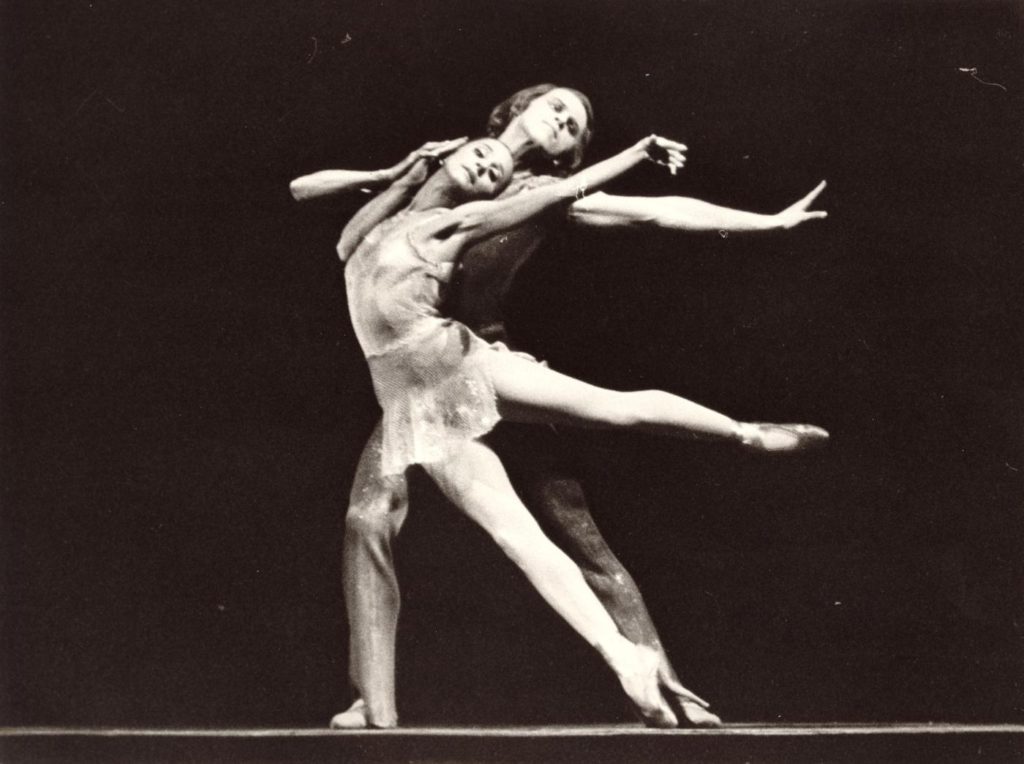 Dancing Paul I in “Lieutenant Kijé”, a historic character, was also very interesting. And then, unexpectedly, I was cast for “Swan Lake”, for the Prince and the Evil Genius. Sometimes on tours I would perform those roles alternately, one evening one role, the next evening the other.
Dancing Paul I in “Lieutenant Kijé”, a historic character, was also very interesting. And then, unexpectedly, I was cast for “Swan Lake”, for the Prince and the Evil Genius. Sometimes on tours I would perform those roles alternately, one evening one role, the next evening the other.
But, except for some variations I was given at the beginning, I liked all my roles. Though I found abstract works less interesting. I never liked to dance merely for just dancing. I preferred roles with a meaning. When coaching it is different, then I enjoy rehearsing abstract roles just as much as others. Sometimes I’m even thinking: “What a pity! In our time we didn’t have this kind of abstract parts. It would have been so great to dance them!”
How was the troupe received by foreign audiences when touring abroad?
I toured a lot and the Bolshoi was perceived as something phenomenal back then. People queued up for two or three days to get tickets and not only in London. After the performance it was impossible to leave the theater. Crowds of people were waiting at the artists’ entrance. It was incredible! All the time we were invited to go somewhere. We had meetings, discussions, we visited schools. If we came into a shop mentioning “Bolshoi” we were immediately offered a 50% discount. In shops in London, the staff would recognize us: “Bolshoi? Half price!”
Still the Bolshoi is highly successful abroad, but today everyone is well informed; everything exists on the internet, on video or in the cinema, so that there is less buzz when we turn up.
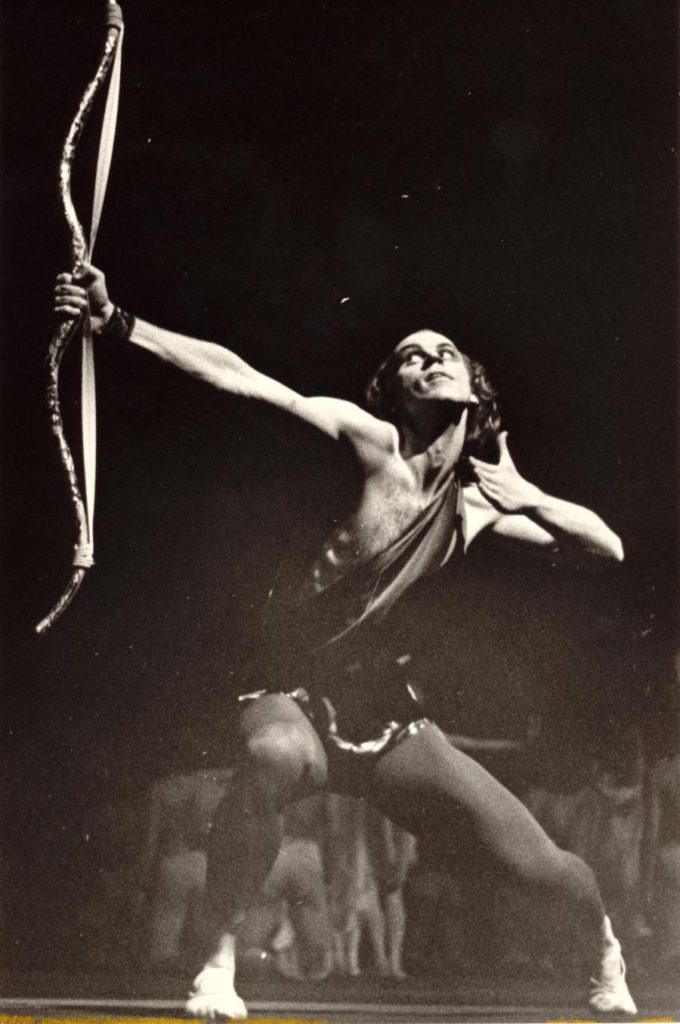 In 1979 you finished your studies at the Russian University of Theatre Arts, from which you graduated as ballet pedagog. How did you organize dancing alongside teaching?
In 1979 you finished your studies at the Russian University of Theatre Arts, from which you graduated as ballet pedagog. How did you organize dancing alongside teaching?
For ten years I was teaching and dancing in parallel. In the morning I was giving class, in the evening I was performing and I was coaching as well. During tours this schedule was the same. Grigorovich had asked me to do so. And, I guess it was in 1985, he suggested to make it official that I was a professor for teaching dance and a coach. He didn’t want me to stop dancing though, saying: “No, no, no, both! You do both fine, so continue.” I gave my farewell in 1989, after twenty years onstage.
My interest in coaching was awakened through my first teacher. I’m very grateful to her for that. Since then I’ve never stopped coaching. My dad and I went to her funeral together. On her birthday on the 11th of March I always visit the cemetery. It is on the dance school monastery. She and her aunt, Evgenia Dolinskaya, are buried in the same crypt. Dolinskaya has choreographed for the Bolshoi.
You first taught dance at the Russian University of Theatre Arts, then at the Choreographic Academy, which you also directed for several years. Since 1989 you have worked as ballet master and repetiteur for the Bolshoi.
I was teaching several different disciplines, not only dance. The composition of dance, the matter of dance, … many things. First I became acting Rector of the Academy, then, following Sofia Golovkina in 2001, its director. At the same time I was already artistic director of the Bolshoi company. So I was running two houses in parallel.
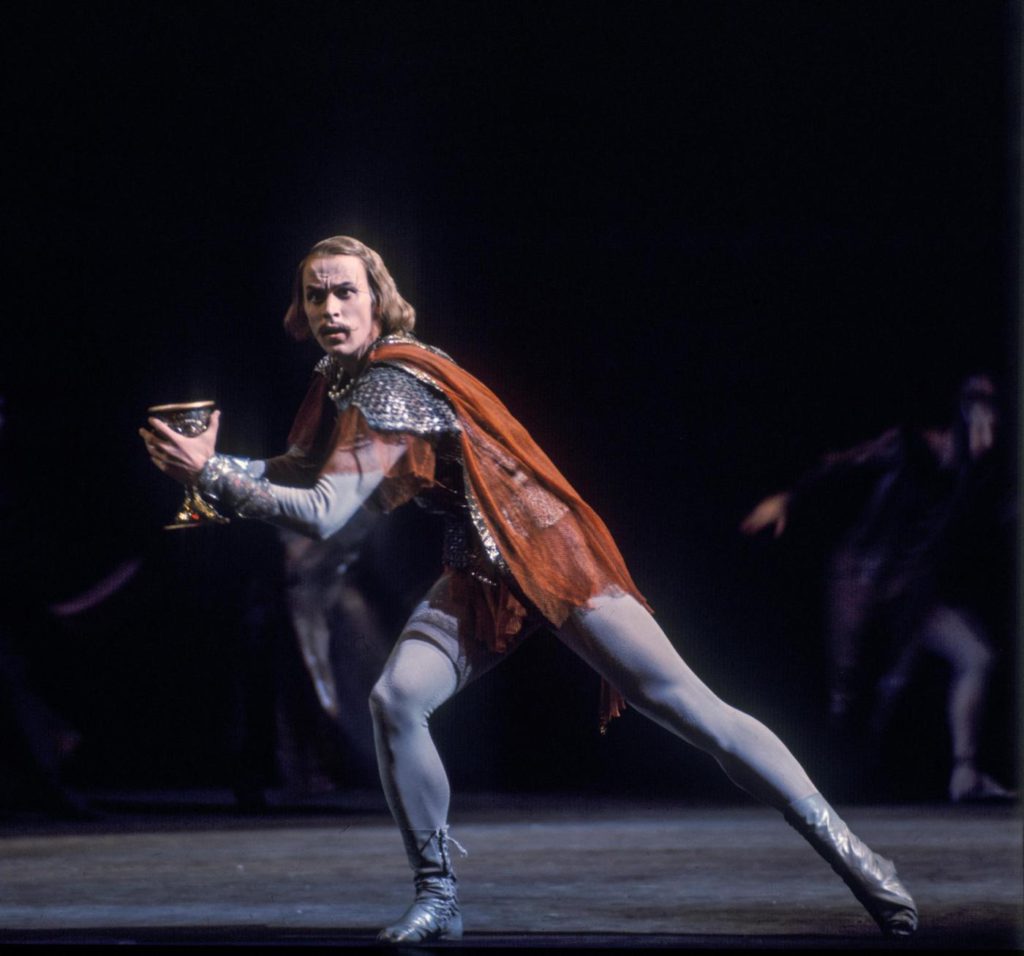 When you compare today’s dance training, today’s morning class, for example, with the training you received, the classes you attended yourself, what has changed? What are you focusing on when giving class?
When you compare today’s dance training, today’s morning class, for example, with the training you received, the classes you attended yourself, what has changed? What are you focusing on when giving class?
Basically nothing has changed. We hold up to the Vaganova curriculum what I think is good. It is a very well-structured, powerful system.
Most important when teaching is to establish a contact to the dancers. Overall and with everyone. You can be an outstanding professor in terms of the technique but at the same time you need to have a fine sense for psychology. It is like with a conductor and an orchestra. One stands at the podium and nothing happens, while with another it works. There has to be a connection. It is the same when teaching a foreign company. I need to turn the dancers to me and to hold their attention.
Are you responsible for staging certain productions abroad or do you travel abroad to teach in general?
When I guest as a teacher I usually work on the existing repertoire, some variation, for example. I give classes and rehearse roles. Mostly I work with big companies, like in Amsterdam, in Munich or in London. In London I’ve been regularly teaching for twenty-six years, in Tokyo for twenty-seven. I sense by intuition what the dancers need and usually they are digesting one-hundred percent of what I’m giving. As I’m traveling a lot I’m sort of analyzing who needs what. When I’m working with John’s [John Neumeier] company I will do something special for them, but when in London I will adjust to the Londoners. The biggest part is mine, what is with me and what comes from here [he points towards the heart].
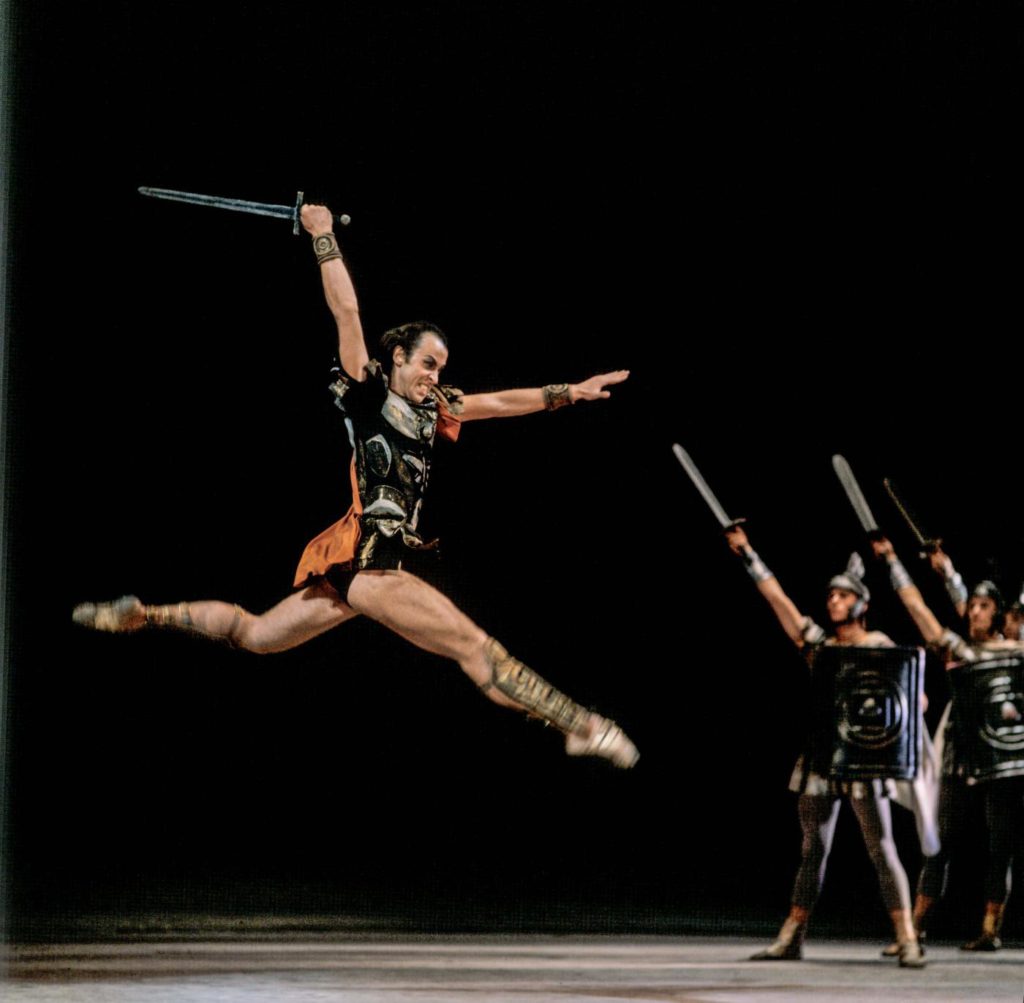 The Bolshoi has more than twenty ballet masters. Do they agree about the style and language of ballet training?
The Bolshoi has more than twenty ballet masters. Do they agree about the style and language of ballet training?
The basis is the same, but classes slightly differ, also the style and the method of teaching. But I think this is good.
During the eight years at school one usually has two professors, one until the fifth grade and the other for the remaining years. This ensures continuity. But at the theater having diversity is more beneficial.
You have been shaping several generations of dancers during the decades you have been working here. Recently at the international ballet conference in Amsterdam, the discussion also touched upon the young generation of dancers. There was concern that some of them wouldn’t be interested in culture. Tamara Rojo, for example, expressed her worries about dancers who are hardly able to read or write properly.
Do you notice similar problems among your young dancers? Do today’s young dancers have a different mindset towards the art form compared to that of your generation?
I think not only artists struggle with reading and writing. Time is like this. Our time is killing the most precious condition for human being, to be alone with one’s own thoughts. This [he points towards the brain] is the best computer. It can’t be compared with any device because it gets energy from here [he points towards his heart]. People are too distracted by social media and all those gadgets. I’m not against them, maybe one needs them and maybe everyone needs progress, I don’t know. Of course it’s more comfortable to look at a modern television screen. The picture is much better. But when I enter the metro, I can’t detect anyone reading a book. Everyone is either listening to music or playing with their smart phone. People are fixated to it.
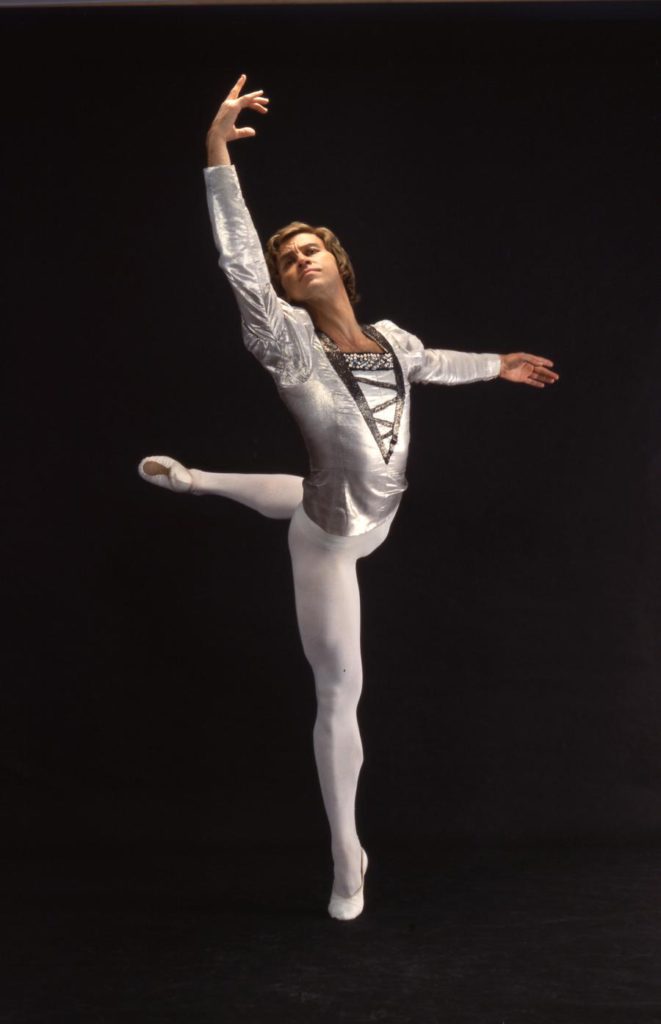 For me, by comparison, the traveling itself, the feeling of the movement, is very important. Suddenly step combinations or poetry or musical ideas pop up in my mind and when I arrive at the theater I can work on them. When you move alone with yourself this creative process can take place and you won’t even lose time. Time is so short in our life.
For me, by comparison, the traveling itself, the feeling of the movement, is very important. Suddenly step combinations or poetry or musical ideas pop up in my mind and when I arrive at the theater I can work on them. When you move alone with yourself this creative process can take place and you won’t even lose time. Time is so short in our life.
I speak a lot with my pupils, they know that I’m interested in many things. They are analyzing it and take it as an example. I push them to try themselves early as coaches as well. It will prepare them with material they later might need.
Not long ago, Jacopo Tissi from La Scala joined the Bolshoi company. But usually dancers from abroad are an exception in Russia. Is that because the country has enough native talent or are foreign dancers not meeting the standards?
Both. Up to now we have a lot of our own dancers, especially male dancers – and only the best make it into the company. But, like everywhere, boys are less and less interested taking on dance.
Other companies don’t have the personal coaching system the Bolshoi has. Do you think it is indispensable or rather a luxury, which inevitably will be abandoned someday due to lack of time and money?
This coaching system has to be preserved. It has been cultivated through centuries and generations; it keeps all knowledge alive and passes it on to the next generation. It ensures the quality of the performances. But it is a system, which one can lose at a moment’s notice.
You directed the Bolshoi Ballet artistically for four years, following Alexander Fadeechev in 2000. What goals were you pursuing during that time? In which direction did you want the company to develop?
First of all I had to maintain the standard. In addition I pursued three targets: First, preserving our – let’s say – strong gold fund, the core of the repertoire. Second, mounting new productions of the best of the Soviet repertoire and third, acquiring the outstanding works of the western companies. Such as “La Fille mal gardée” by Ashton, or Roland Petit’s “Notre Dame de Paris”. I wanted to have “Manon”, which didn’t work out, and also “Lady of the Camellias”, which is now in the repertoire. I was trying to get the five or six greatest productions which have big roles and rich characters. We got “Queen of Spades” by Petit and in 2003 Alexei Ratmansky’s “The Bright Stream” received its world premiere.
In my understanding new works should be based on Russian literature or on some Romantic western literature by Stendhal, like “The Red and the Black”. This kind of things.
| What do you think about Cranko’s “Onegin”, which will be performed this evening? Some people doubted whether a Brit could do a proper ballet on Pushkin, the epitome of the Russian literary genius. When Stuttgart Ballet toured Moscow in 1972, we all ran to the Stanislavsky Theatre to see “Onegin”. It was amazing! All of Moscow was bubbling with excitement. We liked it all. First of all Tchaikovsky’s music – we hadn’t imagined that one could make one cohesive score from different pieces of music. Yes, it is a potpourri, but we liked it and it worked charmingly. These days I see it a bit differently. The mix of “The Seasons” and other compositions sounds a bit odd to my ear now. |
I think one cannot make all this kind of movement on such tender music. One just wants to sit and listen to it. It almost makes one cry. “Onegin” has very good adagios and magnificent pas de deux. They are wonderful! It is a western classic, one of those five or six world-class productions with an own face, which stand on their own.
In 2004, after four years at the helm of the company, you stepped back into the ranks. How did you feel about this?
You know, it was so easy! … Well, there were some moments… When I worked – and in my opinion I did a good job – I worked for myself, for my pleasure, and the last triumph was “The Bright Stream” [by Alexei Ratmansky] It was so well received!
But of course there was an authority above me, deciding upon my contract, whether it will be extended or not. But I was happy that I had worked well during my tenure. It was an interesting time. I was sincere, I achieved a couple of things I had envisioned. Still many of the titles I brought onstage are in the repertoire today. Just this week at the revival of “The Bright Stream” I felt so happy about the piece.
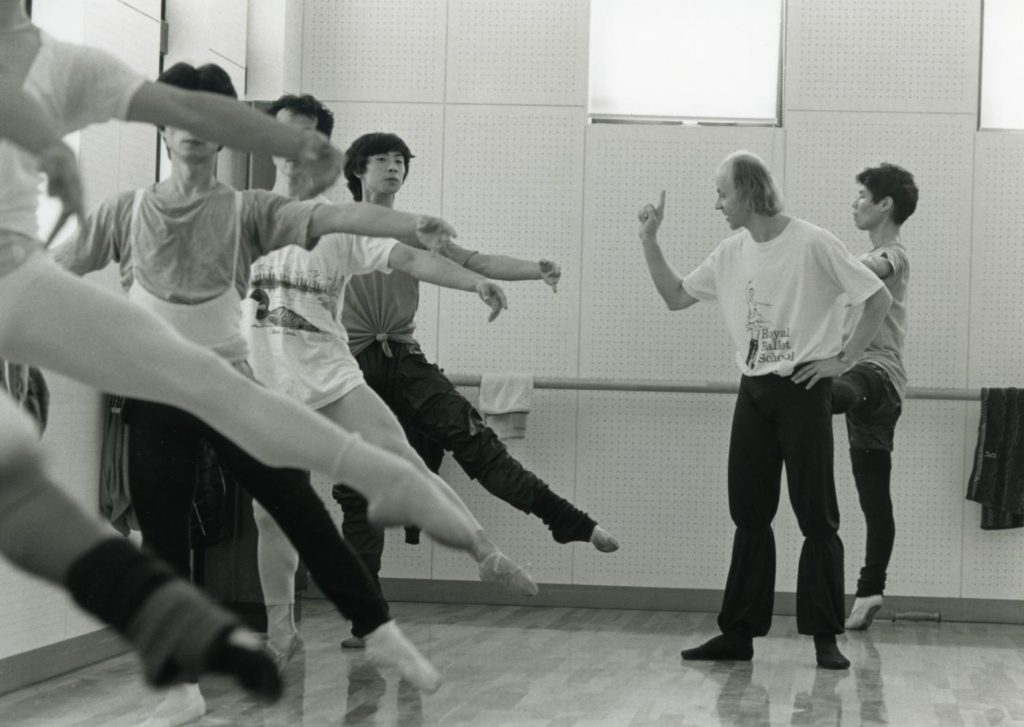 When I had taken over, I knew that the corp de ballet was about to become problematic. We worked hard to reinforce it and I think we re-established a firm basis back then. In 2004, after an absence of fifteen years, we prepared for the tour to Paris. I knew that there would be some risk. But we had cleaned it all up in time and I shall never forget when after the opening night of “Swan Lake” Hugues R. Gall, the director of the opera, raised a toast for me. I already knew that my contract was ending. It was my last tour. And he said: “I would like to toast to Boris who prepared this company in such an outstanding way for this tour!” And Brigitte Lefèvre added: “Borja, for a long time I haven’t seen this quality of corps de ballet. Everybody is young, everybody is perfect.”
When I had taken over, I knew that the corp de ballet was about to become problematic. We worked hard to reinforce it and I think we re-established a firm basis back then. In 2004, after an absence of fifteen years, we prepared for the tour to Paris. I knew that there would be some risk. But we had cleaned it all up in time and I shall never forget when after the opening night of “Swan Lake” Hugues R. Gall, the director of the opera, raised a toast for me. I already knew that my contract was ending. It was my last tour. And he said: “I would like to toast to Boris who prepared this company in such an outstanding way for this tour!” And Brigitte Lefèvre added: “Borja, for a long time I haven’t seen this quality of corps de ballet. Everybody is young, everybody is perfect.”
So, aware that my work was done, I had such certain moments. But when accepting the position of director, I understood that our life goes that way. You can come for one year, for two or maybe only for half a year. Everything could happen. That is why I had included two clauses in my director’s contract. First, that I would maintain rehearsing and second, that I would continue giving morning class. I worked for twenty-four hours like a devil, circling and circling, and never missed a single performance, but I managed it all. I simply continued with working in the studio after having left the director’s office. The transition was smooth.
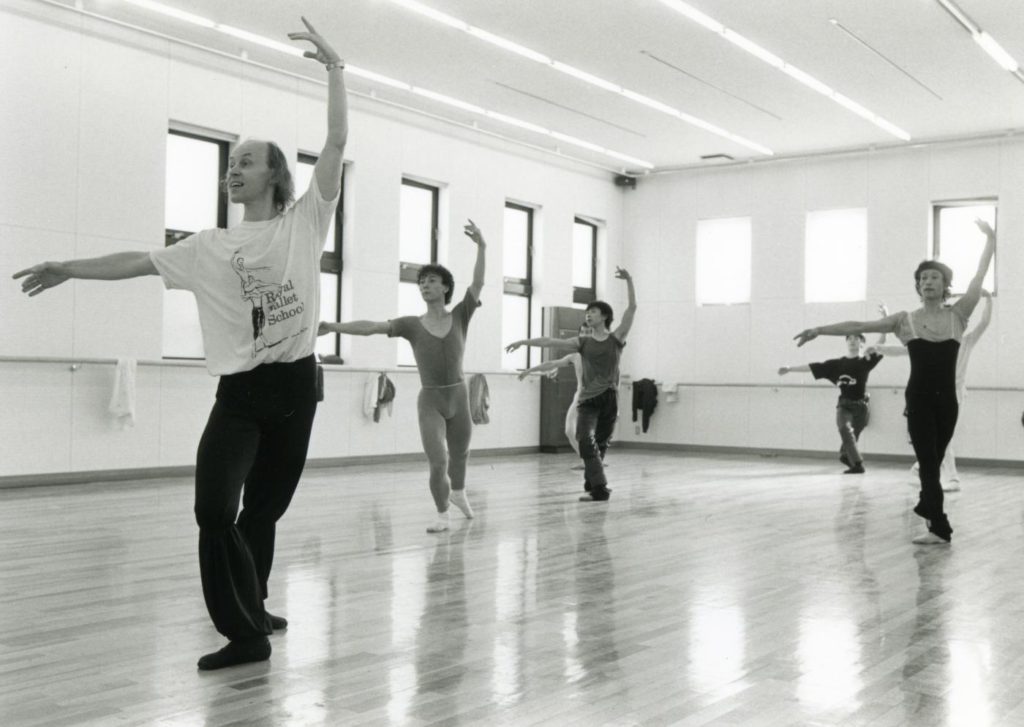 Often relations to people change when someone becomes their leader. But I’ve always been on very good terms with the company and things kept going as if nothing had happened.
Often relations to people change when someone becomes their leader. But I’ve always been on very good terms with the company and things kept going as if nothing had happened.
[Novikova later returned to the topic, emphasizing how nobly Akimov had handled the situation. After all, his post had been given to Ratmansky, whose “The Bright Stream” Akimov had promoted.]
In what direction do you wish the company to develop during the next years?
Given the amount of productions, of premieres, the cinema broadcasts, the diversity of styles, the tours I don’t know what to wish to them… In terms of already existing pieces I would like to suggest: “Don’t waste time and effort on something, which you know hasn’t the right quality. Do less, but better!” Of course, one has to search for new choreographic talents and give them a chance. I also know from experience that a production might be weak, but, all of a sudden, the dancers come up with such stunning interpretations of roles that just because of this, the production is worth performing.
Regarding the company, I think it would be good if it had more air to breathe. Sometimes the dancers are keyed up, as if having inhaled and holding their breath. Human beings need the balance between taking and giving, inhaling and exhaling.
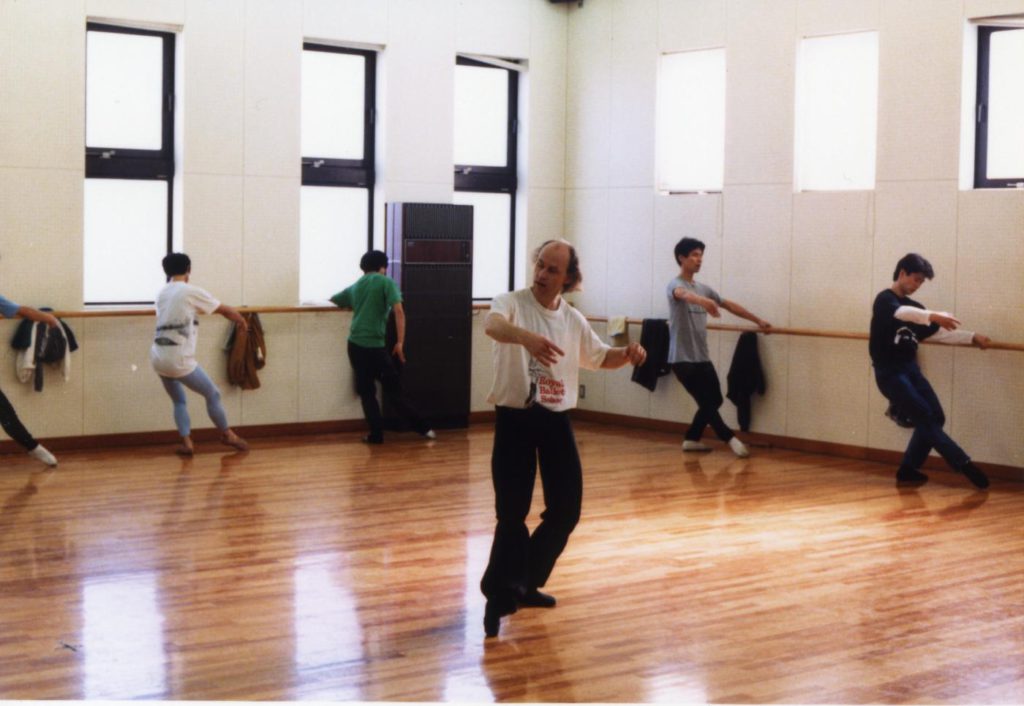 One topic discussed at the conference in Amsterdam was the identity of a company. Some believed it was connected to the choreographer, others prioritized the repertoire. I don’t think either truly applies to the Bolshoi. The house is strong by itself. But what is the origin of this strength?
One topic discussed at the conference in Amsterdam was the identity of a company. Some believed it was connected to the choreographer, others prioritized the repertoire. I don’t think either truly applies to the Bolshoi. The house is strong by itself. But what is the origin of this strength?
It is the history, the powerful roots. Though it is a complicated history. But what is important is not to break the power. You can break anything and very fast. Preserving is more difficult.
People have changed, approaches have altered, generations have come and gone, but truly everyone here is giving one-hundred percent. The dancers know that they are representing a great house. It is the same feeling I have when working abroad.
You celebrated your 70th birthday last year. On this season’s World Ballet Day your class was streamed live. You not only spread infectious motivation but also demonstrated the exercises and later jumped with the group through the diagonals. What is the secret of your fitness and vitality?
I never think about my age. I’m working with young people all the time, which gives me the impression of having never stopped dancing. Some dancers of my generation envy me for this. They stopped. But I check myself every day: “How hard is it to hold up myself, to keep the shape? For me giving class is like water for a fish. I must come to the studio, I must open it all up [he stretches his chest] and then, after having taken a shower, I live again. Its a wonderful feeling! Sometimes I’m laughing about myself, wondering how long a human body can function like this. Of course, I’m careful. I won’t push myself too much. [Meanwhile he is all smiles and so bubbling of vitality that it is hard to believe his words.] But things work well and I’m fine. That feeds my self-respect.
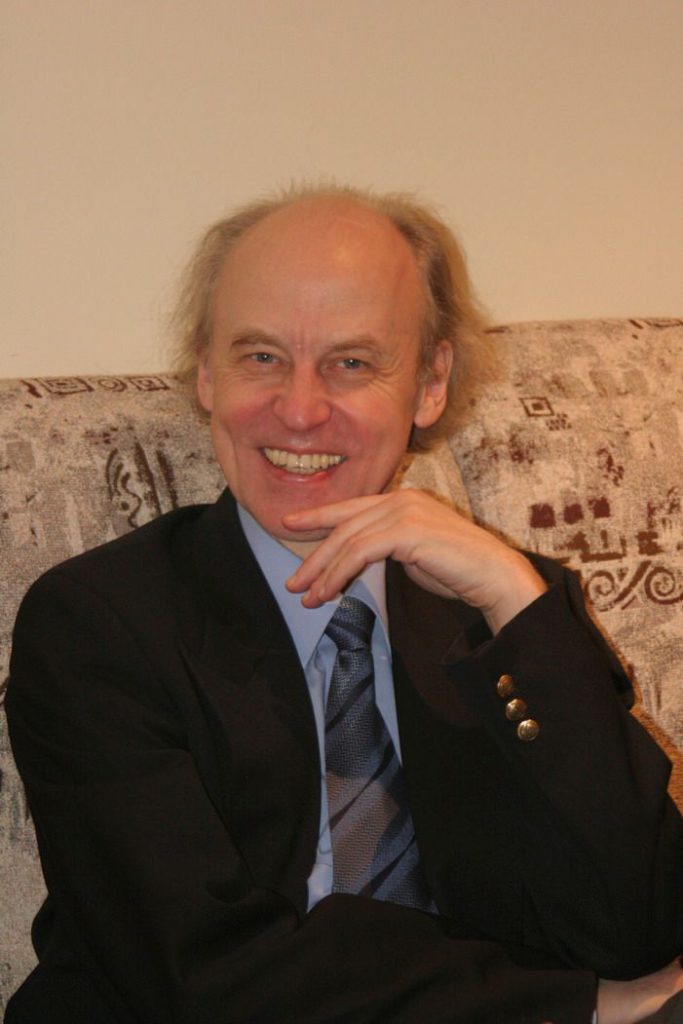 When I was young, I was on crutches for two seasons, because I had overdone it on a tour to Italy in 1970. Many people in the company had health problems and Grigorovich asked me to jump in. So I danced thirty performances within thirty days. Whatever role. I was young, I didn’t realize the strain until finding myself injured. No one knew how to help me, not even major physicians. The verdict they announced was: “That’s the end of your career.” No one could help me, but I didn’t want to give up. Finally, Plisetskaya found a physician who helped me. Recovery took a long time. Every day I worked on the floor for two hours and, around two years later, the medical scans were fine. One-and-a-half month after that I was dancing Prince Siegfried in “Swan Lake” on the Kremlin stage. No one could believe that I was back.
When I was young, I was on crutches for two seasons, because I had overdone it on a tour to Italy in 1970. Many people in the company had health problems and Grigorovich asked me to jump in. So I danced thirty performances within thirty days. Whatever role. I was young, I didn’t realize the strain until finding myself injured. No one knew how to help me, not even major physicians. The verdict they announced was: “That’s the end of your career.” No one could help me, but I didn’t want to give up. Finally, Plisetskaya found a physician who helped me. Recovery took a long time. Every day I worked on the floor for two hours and, around two years later, the medical scans were fine. One-and-a-half month after that I was dancing Prince Siegfried in “Swan Lake” on the Kremlin stage. No one could believe that I was back.
You’re composing music and I was told that you are a very gifted piano player. What kind of music are you composing and what are you working on at the moment?
I learned how to play the piano by autodidact. Actually, I had already had piano lessons at the music school, but I didn’t like them. There I learned playing the Bayan. I started playing piano when beginning to work in the theater. Every studio has a piano and in between rehearsals I was playing and teaching myself. I also began searching for melodies and reading poetry. I even wrote two romances for my favorite singer, Nani Bregvadze, and gave them to her as a present after a concert of hers. She said she would be singing them but didn’t. She let me down, though she liked me.
I worked on and on, found my favorite poet, Sergey Esenin, recorded a disc with vocal lyrics on his verses and in 1995 presented them in a concert at the Bolshoi including an orchestra, singers and a speaker.
I’m writing down whatever comes out of me. Especially when I am abroad, I have many ideas. Because all problems are left in Moscow then. I’ve only class and rehearsals and am free in the evenings. I can come to the theater with my notebooks and work. Sometimes, when I’m in the mood, until two o’clock in the morning. In Copenhagen I came back to the hotel at 2:30 in the night.
At the moment I’m thinking about music on Turgenev. He is known as a novelist but wrote poetry too. I love lyric and the Romantic era.
(The interview has been edited for clarity.)
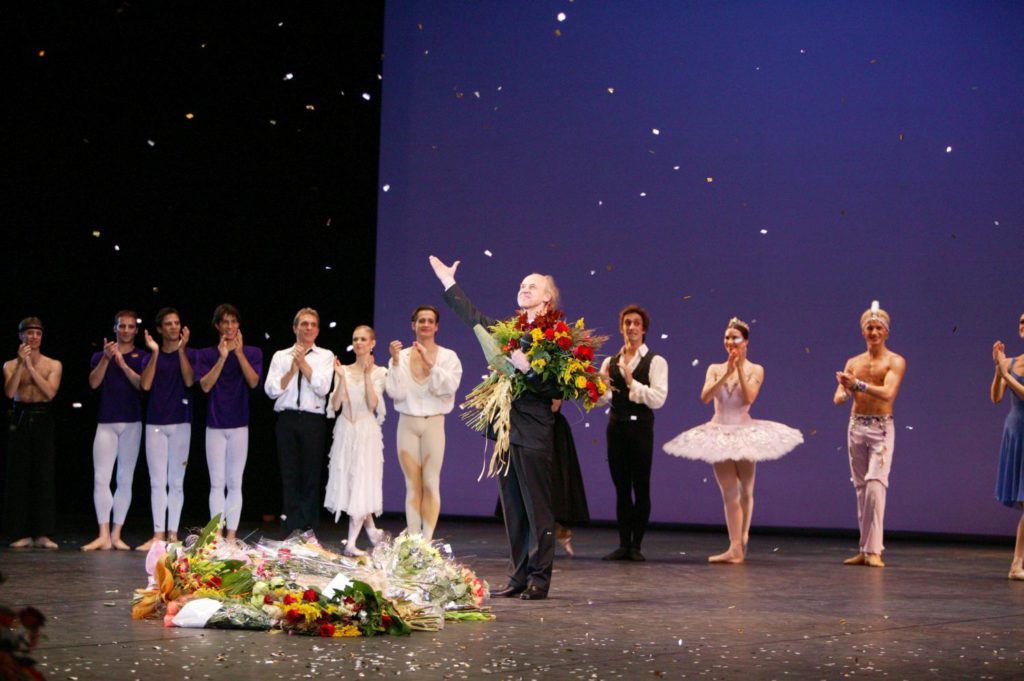
| Links: | Website of the Bolshoi Theatre | |
| Photos: | 1. | Boris Akimov, Bolshoi Ballet © Bolshoi Theatre / Damir Yusupov |
| 2. | Boris Akimov in “Russian Quadrille-Rendezvous”, Bolshoi Ballet © V. Lapin / private archive Boris Akimov | |
| 3. | Boris Akimov (Haruyuwie Zvuki) in “Yeti”, Bolshoi Ballet © Museum of the Bolshoi Theatre | |
| 4. | Boris Akimov, Bolshoi Ballet © Museum of the Bolshoi Theatre | |
| 5. | Boris Akimov (Sergey) in “Angara” by A.Eshpai, production: Yuri Grigorovich 1976, Bolshoi Ballet © Museum of the Bolshoi Theatre | |
| 6. | Boris Akimov (Kleon) in “Icarus” by S.Sloniumsky, production: V.Vasiliev, 2nd version 1976, Bolshoi Ballet © Museum of the Bolshoi Theatre | |
| 7. | Boris Akimov (Prince Kurbsky) in “Ivan the Terrible” by Yuri Grigorovich, Bolshoi Ballet © Bolshoi Theatre / Alexander Makarov | |
| 8. | Boris Akimov (Crassus) in “Spartacus” by Yuri Grigorovich, Bolshoi Ballet © Bolshoi Theatre / Vladimir Pchyolkin | |
| 9 | Boris Akimov (Prince Siegfried) in “Swan Lake” by Yuri Grigorovich, Bolshoi Ballet © Bolshoi Theatre | |
| 10. | Boris Akimov teaching dancers of the Asami Maki Ballet Tokyo in 1990 © Yasuo Yamahiro | |
| 11. | Boris Akimov teaching dancers of the Asami Maki Ballet Tokyo in 1990 © Yasuo Yamahiro | |
| 12. | Boris Akimov teaching dancers of the Asami Maki Ballet Tokyo in 1990 © Yasuo Yamahiro | |
| 13. | Boris Akimov © Bolshoi Theatre / Elena Fetisova | |
| 14. | Boris Akimov, Bolshoi Ballet © Bolshoi Theatre | |
| Editing: | Anna Antongiorgi |
